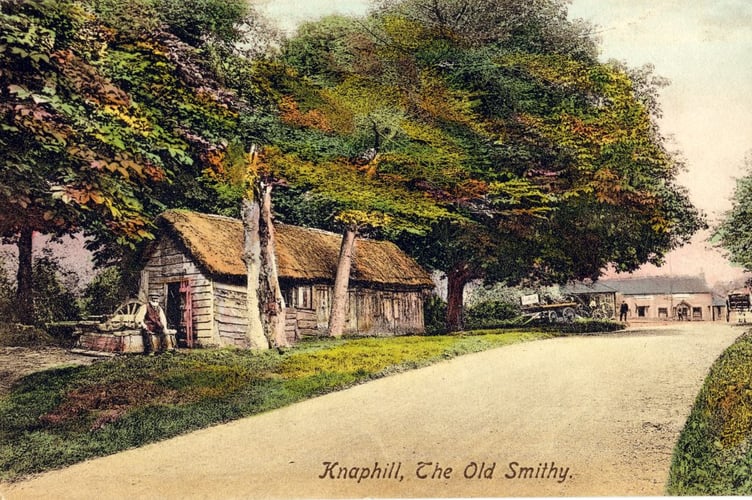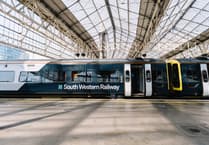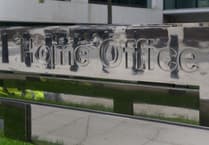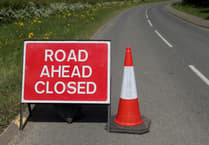‘THUS old things vanish” is the caption on the picture postcard of a homestead at West End in 1905.
Presumably it was about to be pulled down.
Going back several hundred years, the area that is today’s borough of Woking would have been a very scattered community.
The Enclosure Acts of the 18th and 19th centuries removed the rights of local people to rural land they had often used for generations.
The idea was to make the land more productive. However, the Surrey heathland was unsuitable for good agriculture.
People continued to encroach on the common land – referred to as “the waste” – and build homes that were little more than huts or hovels, with smallholdings, gardens and fields. The people were known as squatters.
There is a bit of folklore known as the “one night house” that has its origins in Wales. The belief being if a person could build a house on common land in one night, the land then belonged to them as a freehold.
It’s fair to assume that over time the squatters’ huts and hovels would have been improved and extended.
Other timber-framed buildings within these earlier communities naturally served other purposes and old photos of two of them featured here give a glimpse into their use and the people associated with them.

In Robin Hood Road, Knaphill, not far from the junction with Anchor Hill, was a forge and wheelwrights’s shop with a thatched roof. Featured on an early 1900s picture postcard, it looks rather ancient.
In his book Bygone Woking, historian Iain Wakeford included a photograph of another thatched building that was opposite the forge.
He wrote that it was a coffin maker’s workshop. One of its doors was specially incorporated at waist height to allow coffins to be removed from the workshop and onto carts.
On the green at Perry Hill, Worplesdon, was once another wheelwright’s shop and undertakers, and also a blacksmiths as well. It was business was once well known locally as Primmer & Terry.
Founded sometime in the 19th century by wheelwright Charles Primmer, it was later run by his son Leonard, and son-in-law, Ebenezer Terry. The business continued until 1975, and the building demolished and replaced by a detached house.

During the company’s closing years Mr Primmer and Mr Terry were interviewed. The building was obviously very old and Mr Primmer said it may have once belonged to the Abbot of Waverley Abbey near Farnham, who bred sheep and had used it to store wool and auction it off.
The publication the interview appeared in is unknown, but stated: “Mr Primmer, who is 57, started work at 14. At that time there were two blacksmiths shops in Worplesdon and plenty of work for both. Mr Primmer does the metal work and is still actively engaged in shoeing horses. Mr Terry is the carpenter and proud of the fact that he is also a wheelwright.
“Mr Terry mentioned that the roof needed repairing but it would cost £300 which he thought was too much. He added casually that as it had survived for a few hundred years it would probably last a bit longer.”
If you have some memories or old pictures relating to the Woking area, call me, David Rose, on 01483 838960, or drop a line to the News & Mail.
David Rose is a local historian and writer who specialises in what he calls “the history within living memory” of people, places and events in the west Surrey area covering towns such as Woking and Guildford. He collects old photos and memorabilia relating to the area and the subject, and regularly gives illustrated local history talks to groups and societies. For enquiries and bookings please phone or email him at: [email protected]




